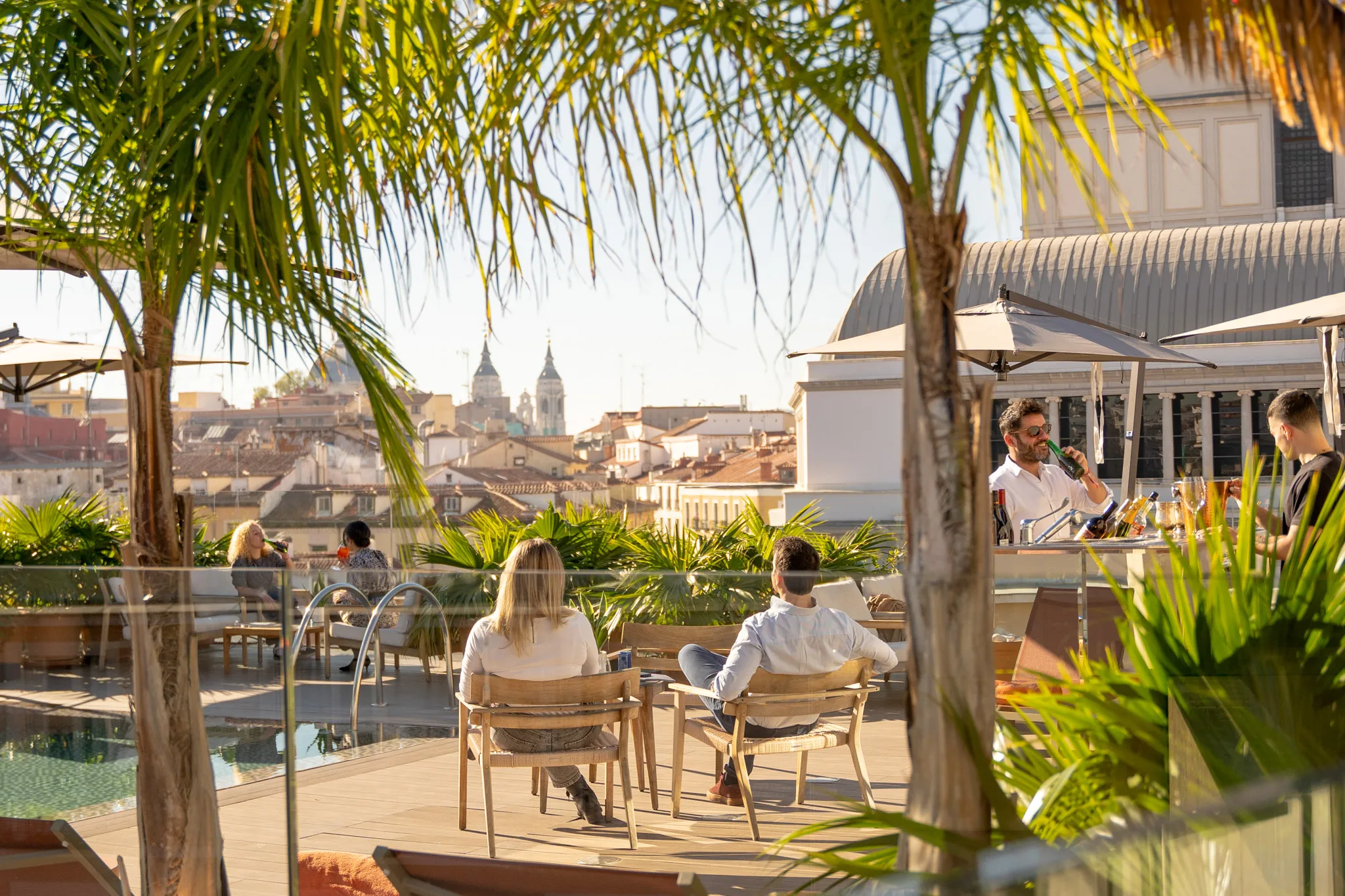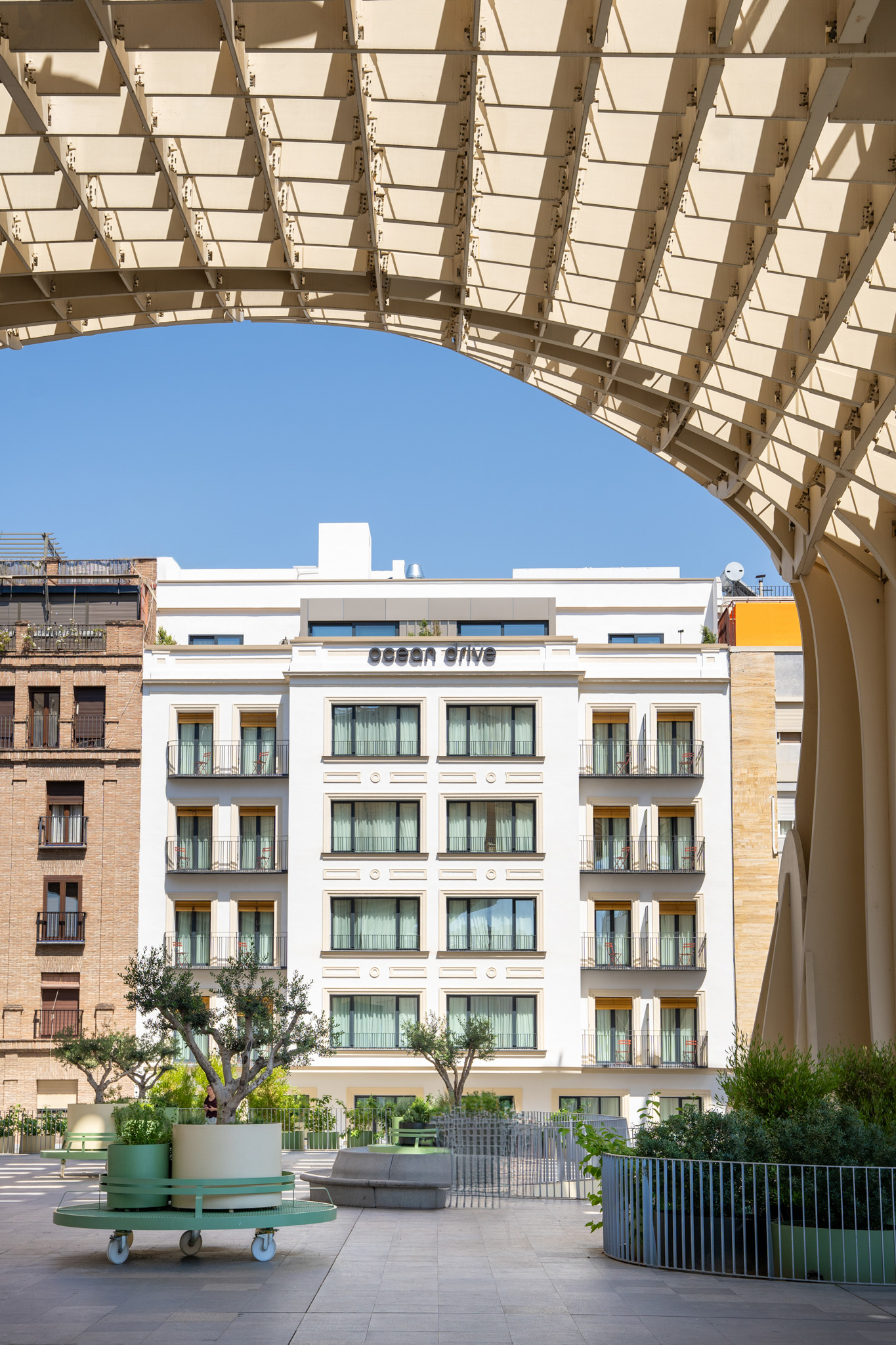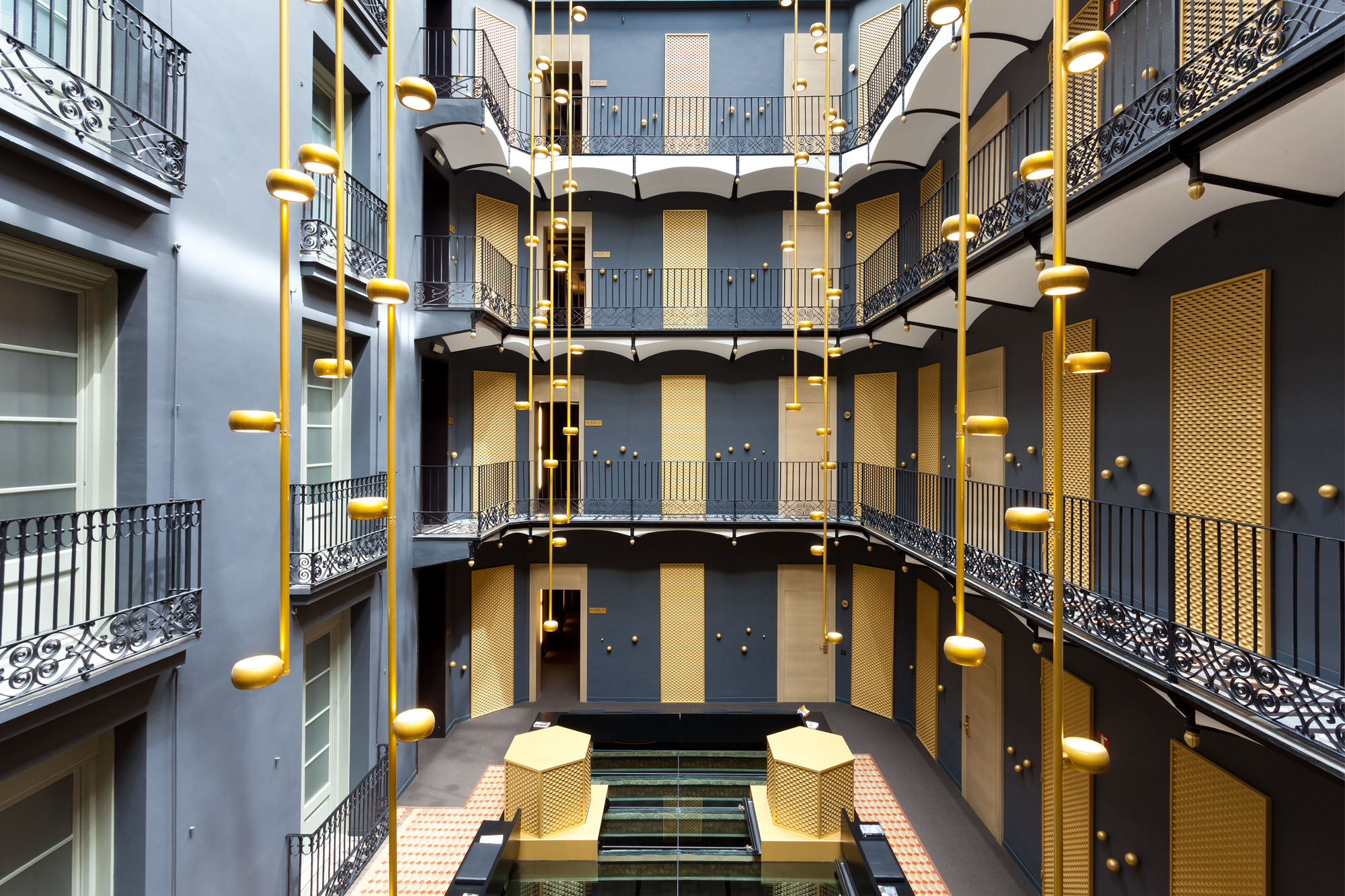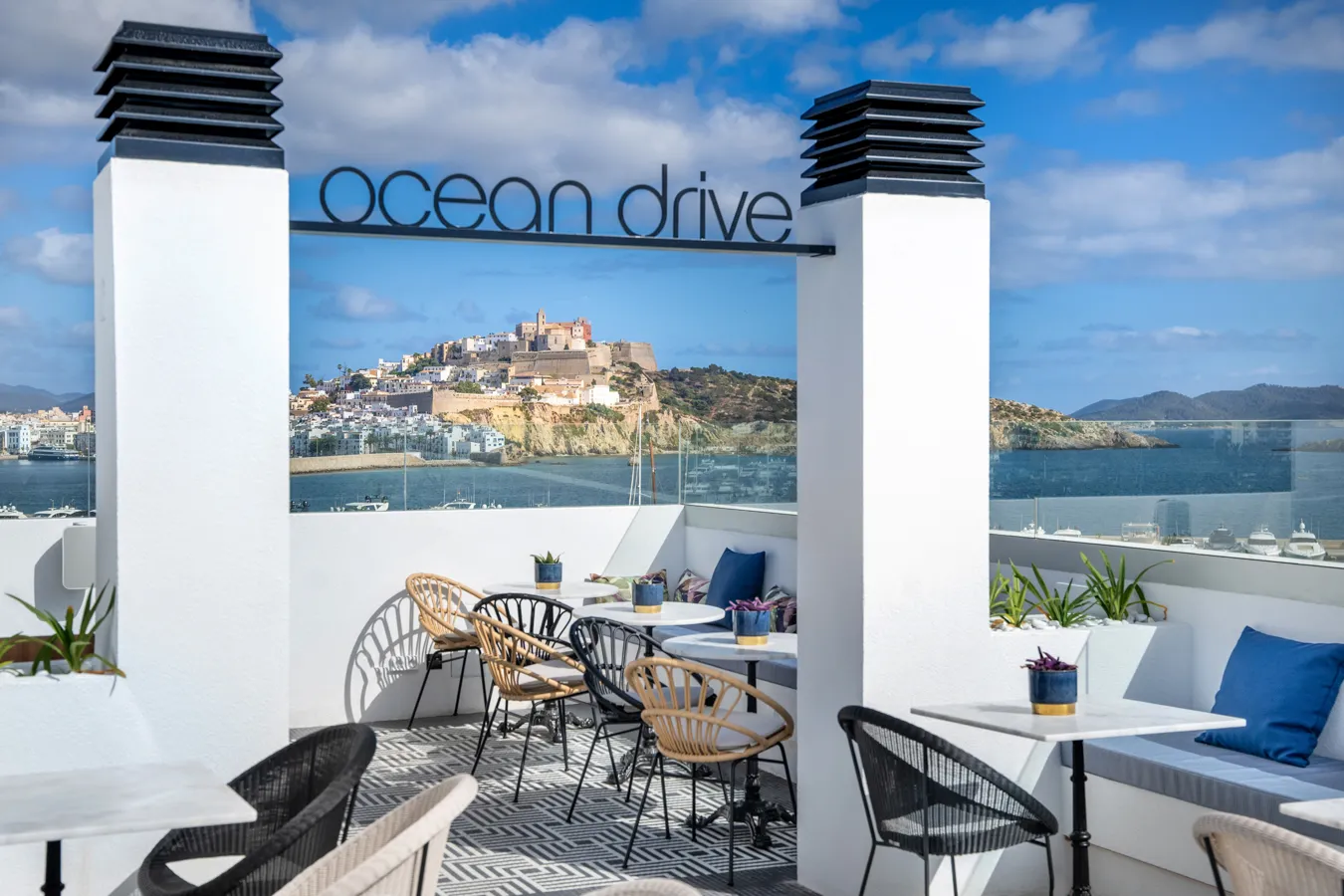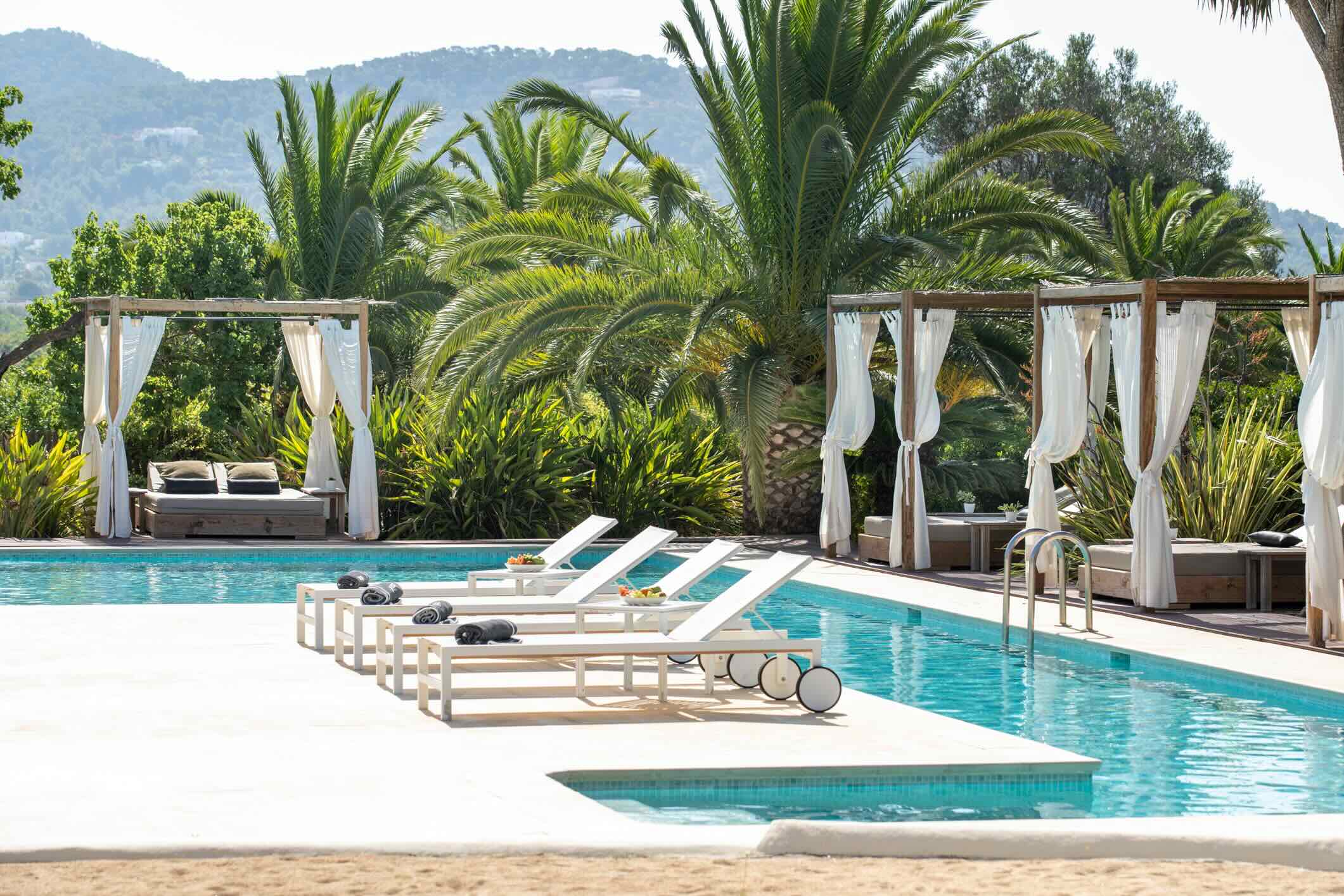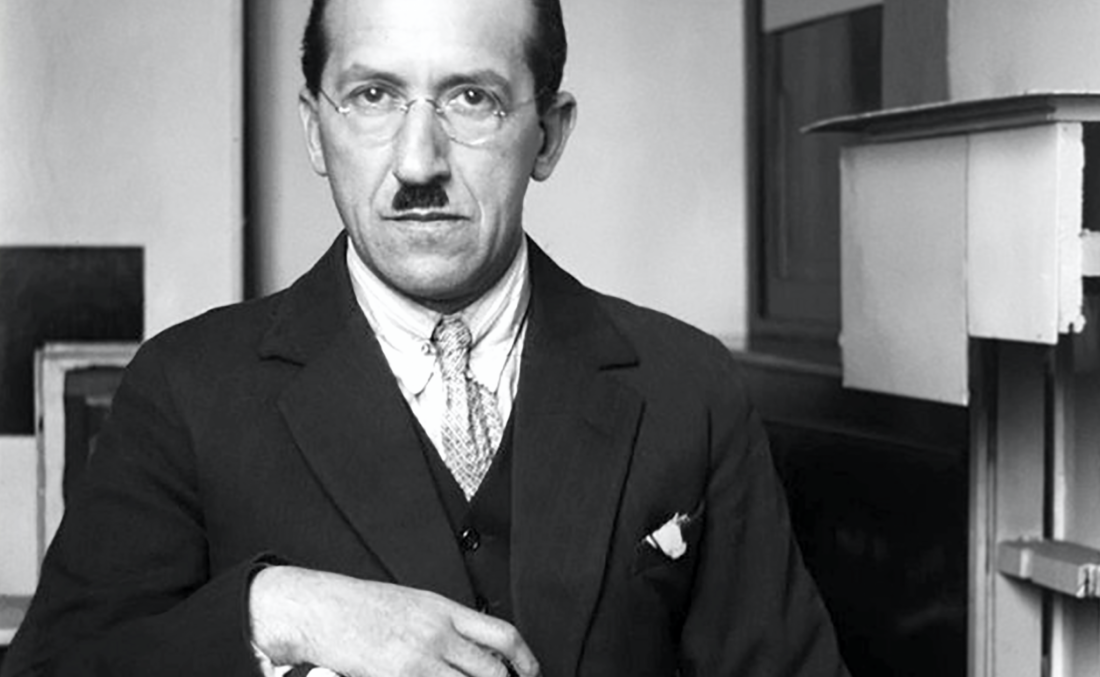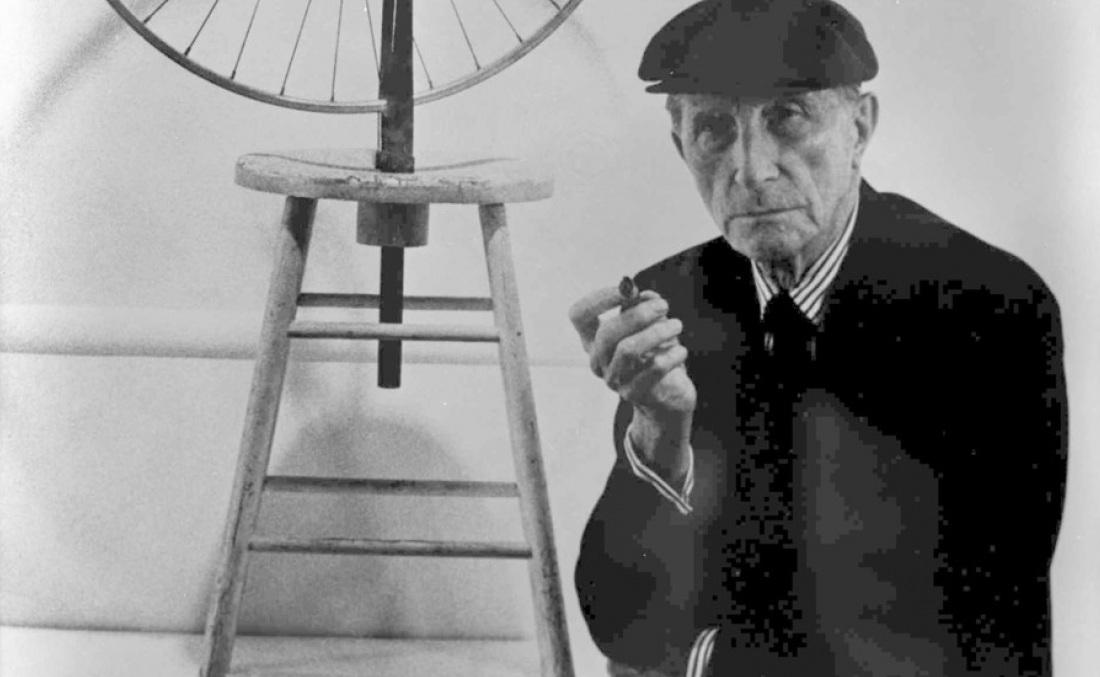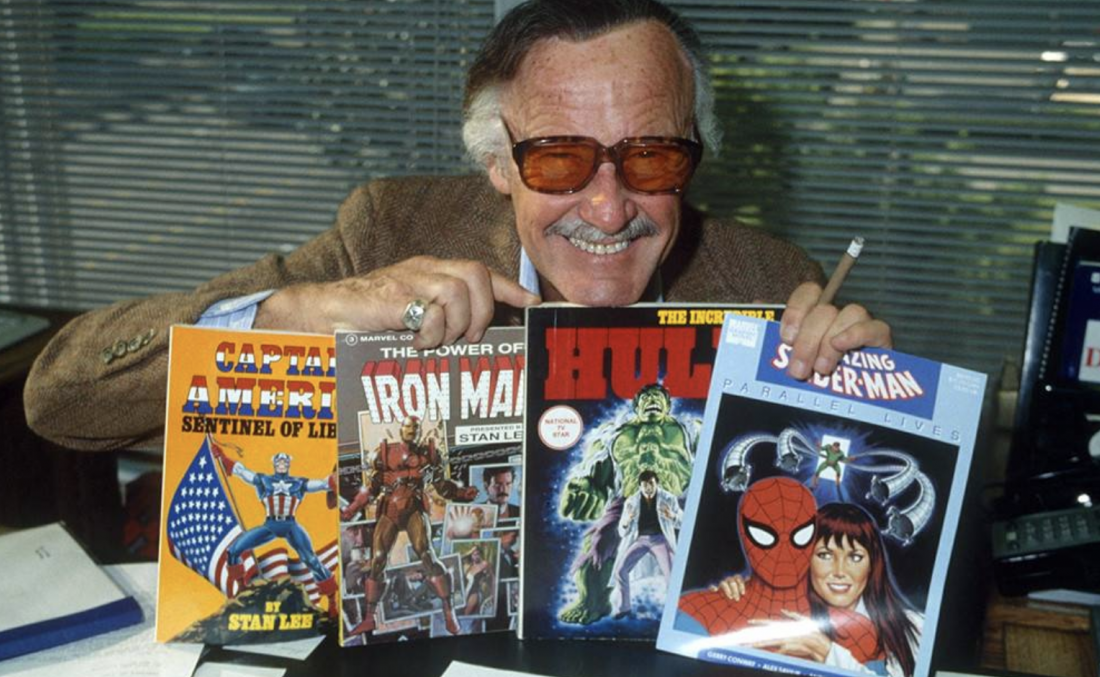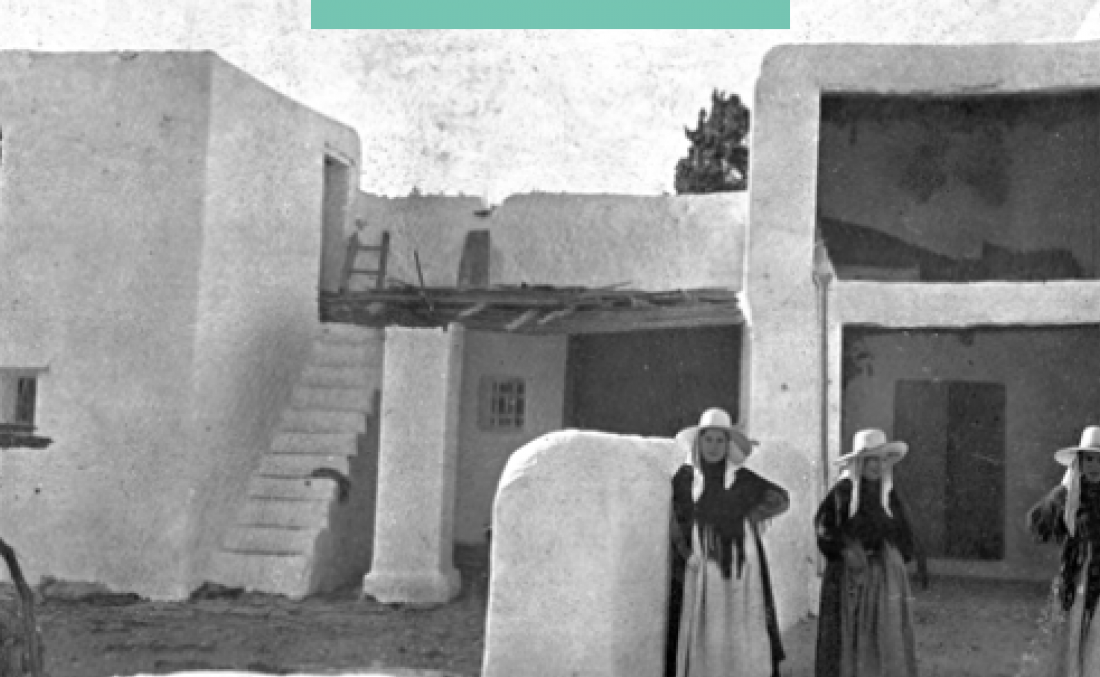Piet Mondrian, el «pintor de los cuadraditos» es uno de los artistas modernos más prolíficos de todos los tiempos. De origen holandés, Mondrian creó su obra en torno a la revista De Stijl, principal órgano de difusión neoplasticista, desarrollando así, un enfoque icónico hacia la pintura que inspiró a generaciones de futuros artistas y diseñadores.
Para grandes innovadores como Mondrian, el arte debía ser representado a través de líneas rectas y colores puros. Esto se debía a que lo rectilíneo y lo cromáticamente puro era un símbolo de la expresión del orden cósmico.
En 1912 Mondrian se mudó a París, donde se dejó inspirar por artistas cubistas como Picasso y Braque. Volvió a Holanda durante la Primera Guerra Mundial y siguió desarrollando su propio estilo artístico.
Al llegar la Segunda Guerra Mundia, el artista regresó a los Países Bajos, donde conoció a los que serían sus compañeros de movimiento, Bart Van Der Leck y Theo van Doesburg. Con ellos y otros más (arquitectos, diseñadores, etc) funda la revista De Stijl. Con ella este grupo de artistas querían representar las verdades absolutas del universo.
De Stijl evolucionó rápidamente de un título de una revista, a un movimiento artístico que tuvo repercusiones por todo el mundo. Su estética, consistiendo de formas reducidas y colores primarios, estaba aplicada a la pintura, el diseño gráfico, los muebles, la arquitectura y otras disciplinas. Pero, Mondrian eventualmente se distanció del grupo cuando mostró su desacuerdo con Van Doesburg sobre el uso de líneas diagonales. Al final Van Doesburg acabaría usando diagonales, aburrido de tanta línea monótona, y un ofendido Mondrian se separaría definitivamente del grupo por semejante sacrilegio. Tras esto viajaría, exportando su visión artística durante un periodo breve en Londres, asentandose finalmente en Nueva York. Donde coleccionistas de arte como Peggy Guggenheim fueron receptivos con él. Desde ese momento, las repercusiones del jazz se encuentran reflejadas en sus obras, que para él eran el equivalente de una composición de líneas marcadas de color negro y colores primarios evolucionando finalmente para consistir de cubos de colores. Su última obra, “Victory Boogie Woogie”, permaneció inacabada cuando murió de neumonía en 1944. Aun así, es una de sus obras más famosas. El antiguo hogar de Mondrian en Winterswijk también se ha convertido en un fascinante museo llamado Villa Mondrian. Vale la pena aprovechar la oportunidad para seguir sus pasos, ver donde aprendió a pintar, entender sus primeras influencias y admirar los paisajes que inspiraron sus primeras obras.

